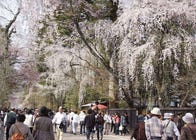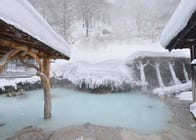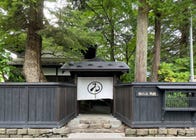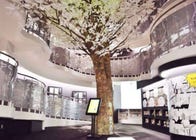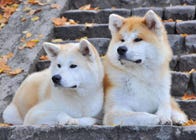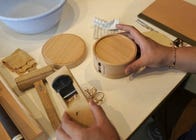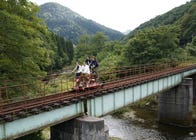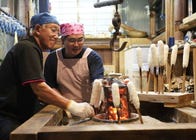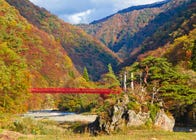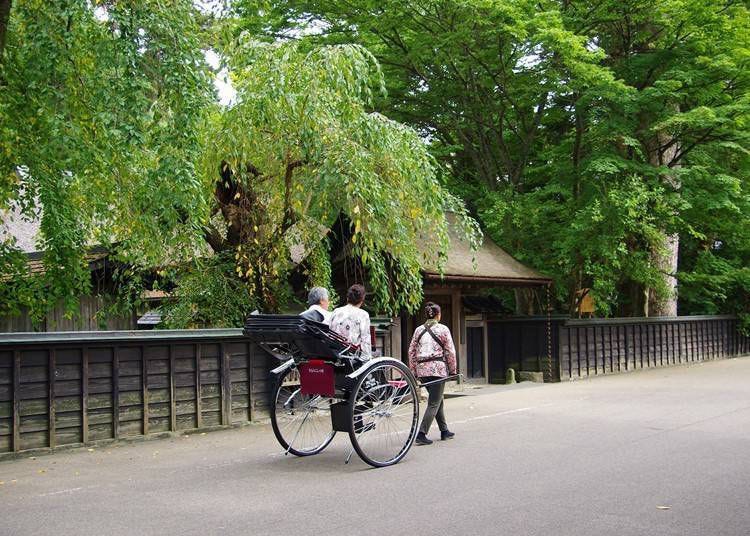
Akita Prefecture (秋田県) is located in the northwestern part of Japan’s Tohoku region. About 450 kilometers north of Tokyo, it takes just over 3 hours to get from Tokyo Station to Akita Station by bullet train.
Here’s what you need to know about Akita, local cuisine, and activities to help plan your trip.
(Main image: PIXTA)
- Table of Contents
-
- 1. Quick facts about Akita
- 2. When is the best time to visit Akita?
- 3. How to get to and around Akita
- 4. Accommodations: Where to stay in Akita
- 5. Dining out in Akita
- 6. Cultural things to see in Akita
- 7. Recommended activities and things to do in Akita
- 8. Shopping in Akita
- 9. Sightseeing spots around Akita
1. Quick facts about Akita
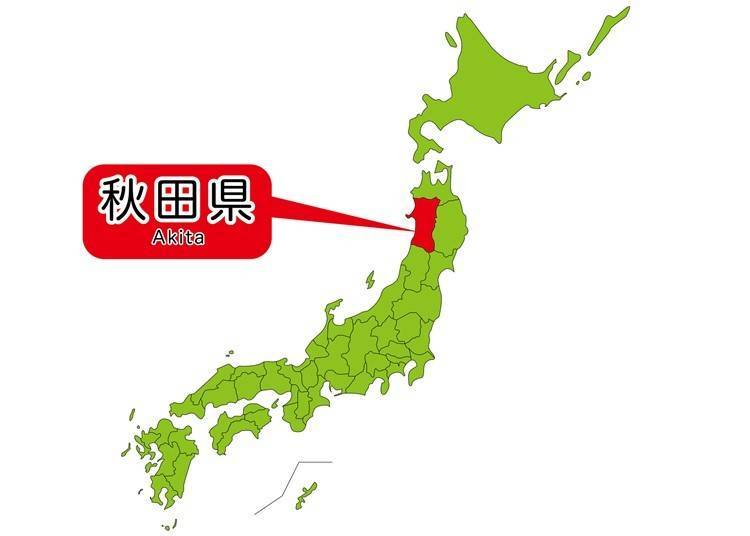
Akita Prefecture is situated among the mountains of northern Honshu in the Tohoku region. The coastal west side faces the Sea of Japan, while the east side of the prefecture is bordered by the Ou Mountains, running from north to south.
Shinkansen or plane are the most convenient ways to get there from major cities in Japan. The Akita Shinkansen stops at four stations within the prefecture, and Akita Airport and Odate Noshiro Airport provide other options depending on your destination.
The history of Akita City, the prefecture’s capital, began in 1602. After the Battle of Sekigahara (1600), Sengoku warlord Yoshinobu Satake moved from Hitachi, now in northeastern Ibaraki prefecture, to Akita and began developing the castle town, which eventually grew into Akita City and became the heart of Akita Prefecture.
What is Akita known for?
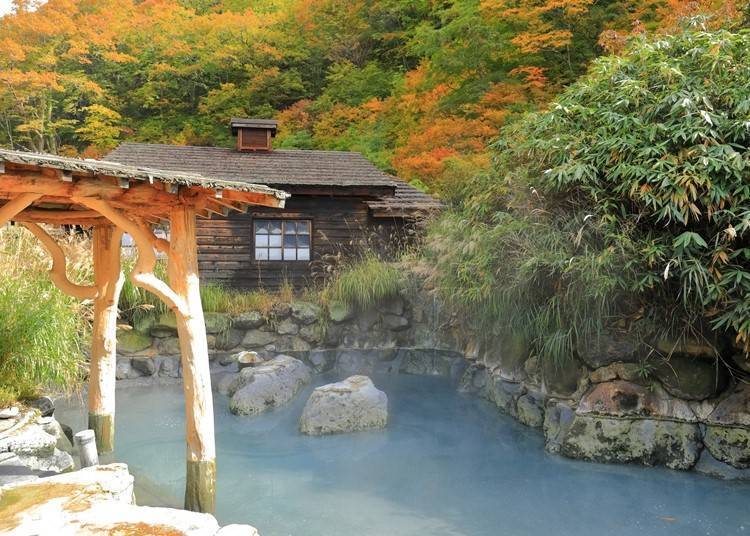
Akita is an area of abundant, magnificent nature where you can enjoy nature-centric activities like trekking in the Shirakami Mountains or bathing in the “secret” Nyuto Onsenkyo hot spring. Another highlight is Kakunodate, full of charm and lined with classic Japanese architecture reminiscent of the streets of Kyoto.
2. When is the best time to visit Akita?
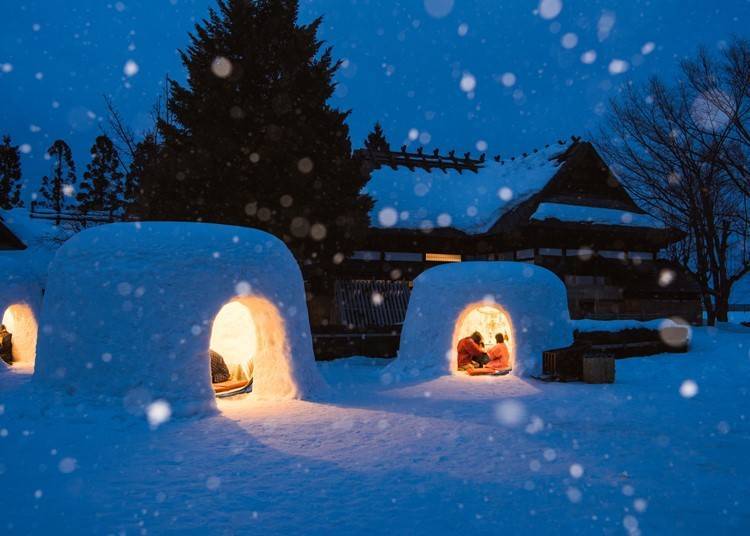
Akita’s weather changes noticeably with each season. Since it’s so far north, winters are cold. If snowy landscapes of Tohoku in winter are your thing, February is the best time to visit.
Inland portions of Akita Prefecture experience the heaviest snowfalls. Yokote City’s Yokote Snow Festival in February is a fun scene with its igloos and kamakura snow huts.
In winter, thick sweaters, down jackets, gloves, mufflers, and other cold-weather clothing are essential, as are boots and non-slip shoes.
Nyuto Onsenkyo, located in the Tazawako district of Semboku City, is the place to go to enjoy a unique midwinter “yukimi” bath. Seven local hot springs are both famous and nostalgic with their thatched-roof buildings and open-air baths surrounded by virgin forests. They’re ideal for experiencing a sense of old-fashioned Japanese style and the tasteful landscape of the foothills covered with pure white snow.
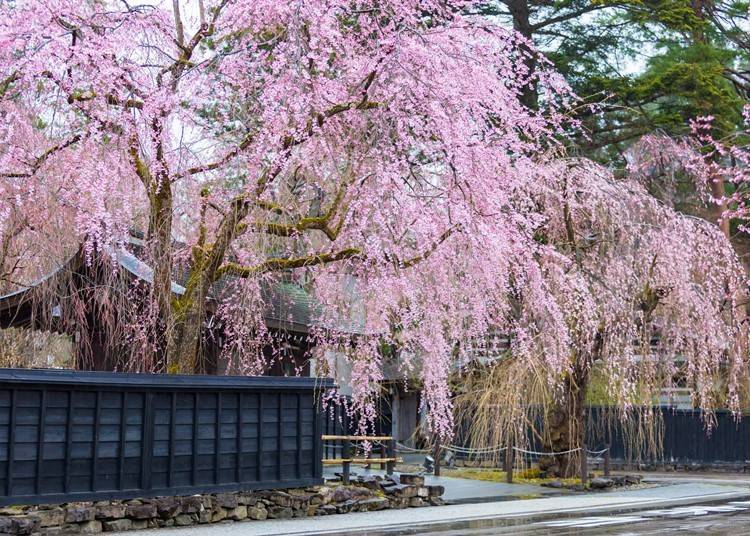
Once the harsh cold has subsided, spring is also a popular tourist season for visiting Akita.
The Kakunodate-cho Sakura Festival, held from late April to early May, is notable, with classic samurai residences and pink cherry blossoms combining to create a beautifully Japanese atmosphere.
If you go in summer, the Akita Kanto Festival is recommended. Attracting more than 1.3 million people annually, it’s held from August 3rd to 6th every year. Participants masterfully shift 12m, 50kg bamboo poles from their hands, to forehead, shoulders, and hips, while displaying their impressive sense of balance.
On the last Saturday of August, the Omagari Hanabi National Fireworks Competition, which has one of the longest histories in Japan, is held. Onlookers from all over the country gather at Omagari, Daisen City, to see ingenious fireworks created by top-class pyrotechnicians selected from all over Japan.
3. How to get to and around Akita
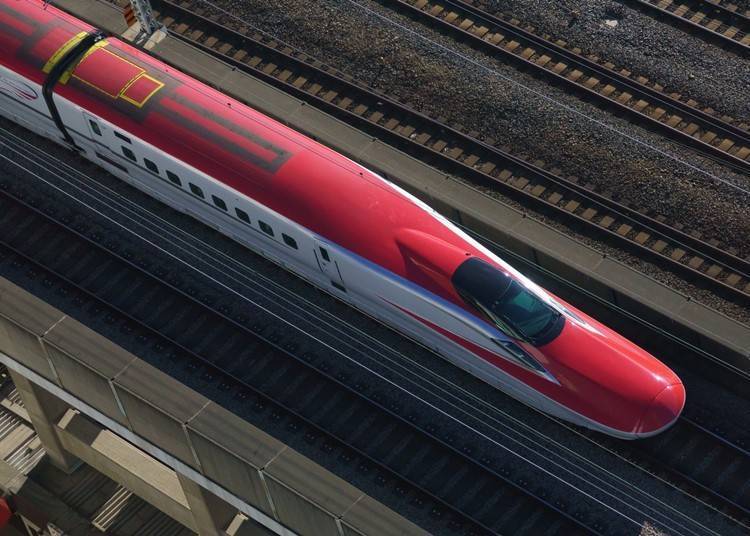
(1) Access from Tokyo to Akita
You can get to Akita from Tokyo by plane, bullet train, highway bus, or car.
・By Shinkansen
It takes about 3 and a half to 4 hours from Tokyo Station on the Akita Shinkansen “Komachi” train which has one departure every hour.
You can save money by using the JR EAST PASS (Tohoku area) (available only to holders of non-Japanese passports), which allows for unlimited rides on standard and bullet trains for 5 consecutive days. The pass is 20,000 yen for adults and 10,000 yen for children, so the one-way Shinkansen fare from Tokyo Station to Akita Station is already covered, making the pass worth getting.
・Flights to Akita
Flying is the quicker option if you visit Akita from major cities west of Tokyo, such as Osaka or Nagoya.
・Bus to Akita
The highway bus is a good choice for those with plenty of time who want to keep costs down. However, it takes about 9 hours from Tokyo, and there aren’t daily departures.
Fares start from 8,000 yen – about half the price of the Shinkansen. Destinations include Akita Station, Lake Tazawa, Noshiro, and Ugohonjo, so it’s a convenient way to go straight to those locations without having to change trains, etc.
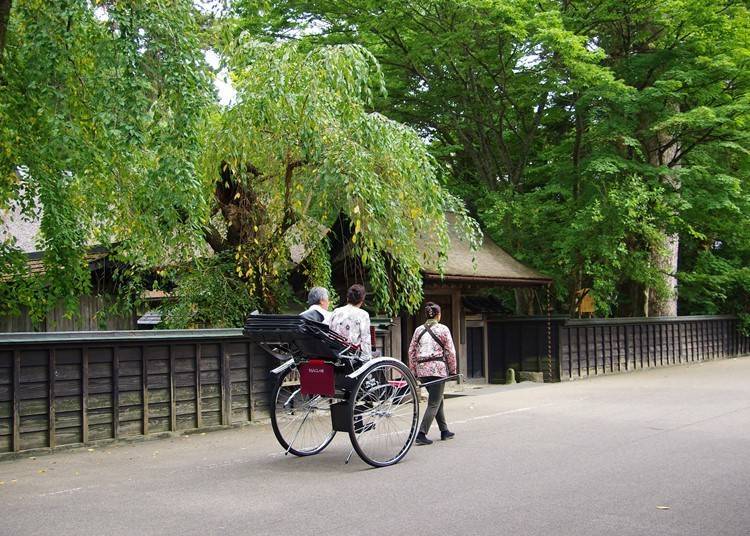
(2) Transportation for sightseeing in Akita
Akita Prefecture is large, so renting a car or taxi is an efficient way to get around. There are trains and buses, but the number and frequency of departures may be low depending on the area, so be sure to check before traveling. If you want to see two or three areas, it’s best to do so over two nights and three days.
For sightseeing in central Akita City, take the “Akita City Center Loop Bus.” The regular fare is 100 yen per ride, but an unlimited day pass is only 300 yen. Tickets are sold at the bus information centers at the east and west exits of Akita Station.
If you visit Kakunodate, walking around town is great, but for a more Japanese experience, why not try a rickshaw ride? As a bonus, you’ll also be able to hear about the history of the area’s samurai residences while enjoying the cityscape.
4. Accommodations: Where to stay in Akita
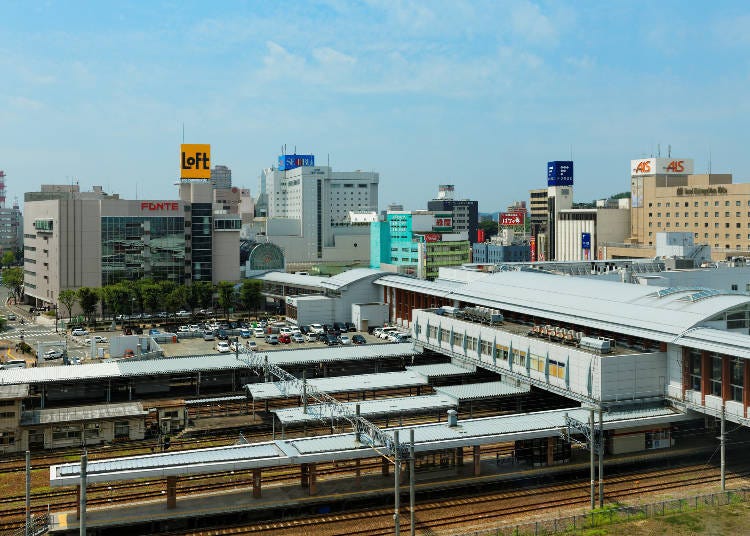
Akita Prefecture gets a low number of foreign guests each year. According to the “Akita Prefecture Tourism Statistics” released by the Akita Prefectural Government, the number was only 139,000 in 2019, with many of those tourists coming from mainland China and Hong Kong.
The Akita Kanto Festival has become a major tourist draw, and numbers are expected to increase. Lake Tazawa, Kakukan, and Nyuto Onsen are also popular sightseeing spots, and the large number of overseas fans of the Akita dog breed are also helping to grow the prefecture’s tourist numbers.
If you plan to stay in Akita for a few days, business hotels near Akita Station will give you good access to other areas at a reasonable price – around 6,000 yen per night on weekdays.
The Akita City Tourist Information Center in front of the Akita Station ticket gates has tourism pamphlets from all over the prefecture, available in English, Korean, and Chinese (traditional and simplified), and English-speaking staff are always on hand to offer travel guidance.
5. Dining out in Akita
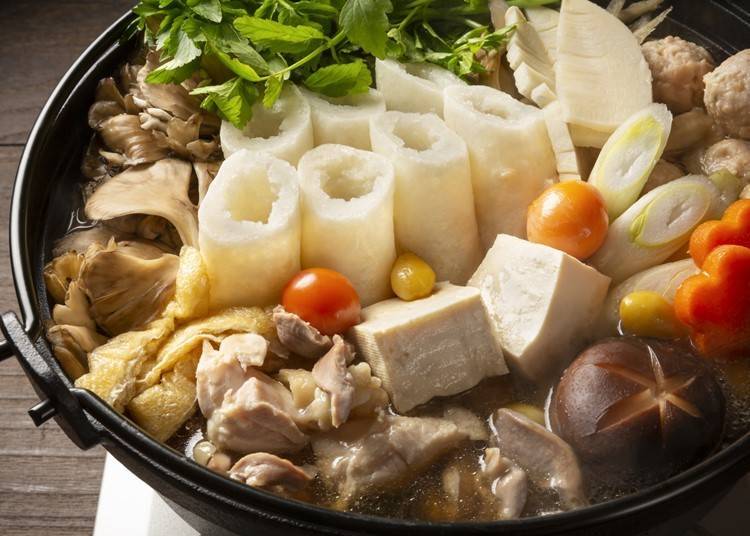
Kiritanpo Nabe is a dish unique to Akita. It’s a hot pot made with “tanpo,” which is made by squeezing coarsely crushed rice onto a cedar skewer and baking it.
Shottsuru Nabe, made mainly with seafood, features Akita’s specialty “hahata” (sandfish) seasoned with Shottsuru sauce along with seasonal vegetables.
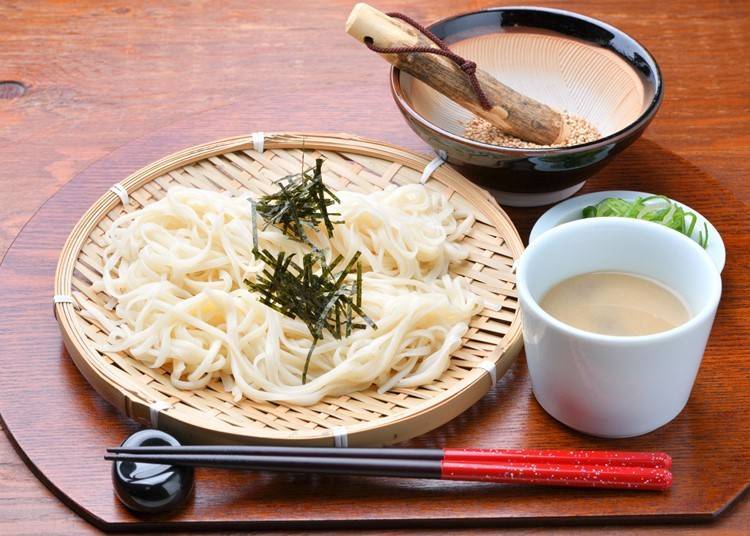
Inaniwa Udon is characterized by its smooth texture and elasticity and is known as one of the three major noodle types in Japan.
Even if you can’t visit all of Akita to try local delicacies, downtown Akita City is home to many restaurants where you can sample cuisine from all over the prefecture.
6. Cultural things to see in Akita

If you want to learn more about the history and culture of Akita, we recommend taking a walk along Bukeyashiki Street in Kakunodate.
In times past, Kakunodate prospered as a castle town and is now a historical area where homes once owned by samurai still stand. Among the neighborhood’s idyllic streets, Uchimachi, where many samurai lived, is lined with mansions and warehouses. Located in the northernmost part of Bukeyashiki Street, visitors can even enter the Ishiguro Family Samurai Residence.
Akita also has Jomon-era archaeological sites, which are part of the “Hokkaido / Northeastern Jomon Archaeological Site” and were registered as a UNESCO World Cultural Heritage site in July 2021. These are the Oyu Stone Circles (a Special National Historic Site) in Kazuno City and the Isedōtai Site (a National Historic Site) in Kitaakita City. They’re only about an hour’s drive from each other, so you can easily visit both and learn about the culture of the Jomon period, which spanned from about 13,000 years ago to about 2,500 years ago.
If you’re interested in architecture, why not take a tour of the “inner storehouses” (Uchigura) in the Masuda district in the southeastern part of Yokote City (which is also known as one of the heaviest snowfall areas in Japan). The inner storehouses are built within larger buildings or warehouses, and the Masuda Townscape Information Center Hotaru offers more detailed information.
Yokote is also home to the Yokote City Masuda Manga Museum, which has a collection of rare and original artwork. With more than 430,000 original drawings from 182 manga artists (as of October 2021), this is a must-visit spot for manga and anime lovers.
7. Recommended activities and things to do in Akita
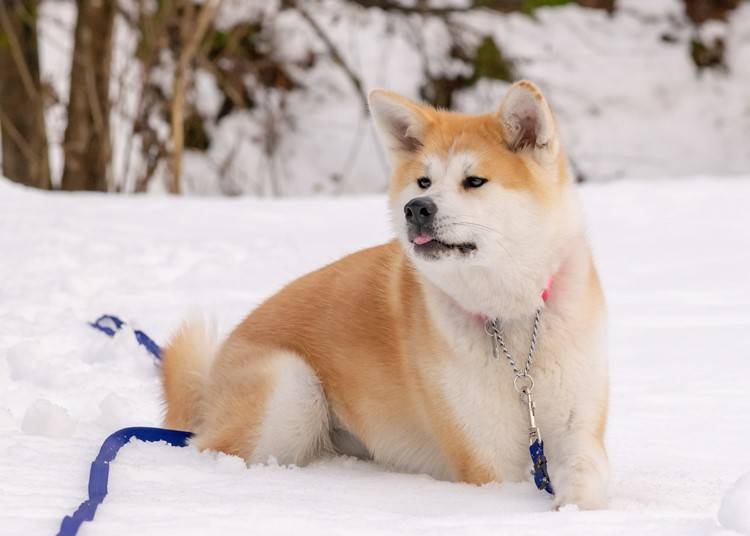
Odate City in northern Akita is the birthplace of the world-famous Akita Inu. At Akita Inu Kaikan, you can meet Akita dogs (depending on the dogs’ health and the weather). If you can’t make it to Odate, you can still visit Akita Inu Fureai-dokoro in Senshu Park, within walking distance from Akita Station (depending on their health, dogs may not be on display).
Situated in central-eastern Akita Prefecture, Lake Tazawa is the deepest lake in Japan. The golden “Tatsuko” statue rises from the shimmering lapis lazuli surface of the lake and is a popular photo spot. The Tazawako Pleasure Boat is an excellent way to get an even better look at this beautiful lake.
The Shirakami Mountains, which straddle the prefectural border between Akita and Aomori prefectures, is a vast mountainous area with one of the largest beech forests in East Asia, is a registered World Natural Heritage Site. There, you can enjoy trekking suitable for anyone from beginners to experienced climbers. Each season is impressive, but the best hiking season is from June to October.
8. Shopping in Akita
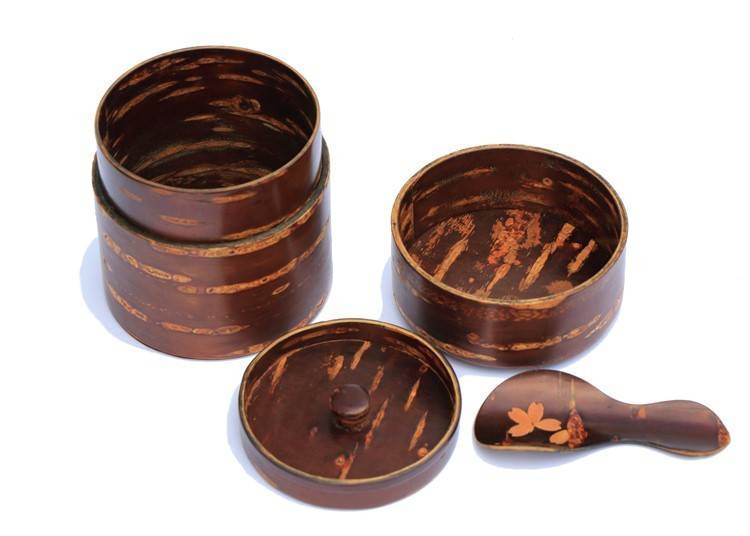
In Kakunodate, you can purchase traditional crafts and Kabazaiku products made from cherry tree bark. At Kakunodate Satoku Garden and Fujiki Denshiro Shoten, you can find tea containers and tableware made of birch wood, which make excellent souvenirs.
If you want to shop while in transit, Akita Station Building Topico, located next to Akita Station and Akita Airport Souvenir Plaza, are convenient choices.
If you are looking for Akita-specific souvenirs, visit the Akita Prefectural Product Plaza in the first basement of the “Atorion” complex, which is about a 5-minute walk from the west exit of JR Akita Station and also houses a museum and concert hall. Akita’s famous confectionery, signature foods like Kiritanpo and Iburigakko, local sake, traditional “Magewappa” woodcrafts, and plenty of cute Akita dog products are available.
9. Sightseeing spots around Akita
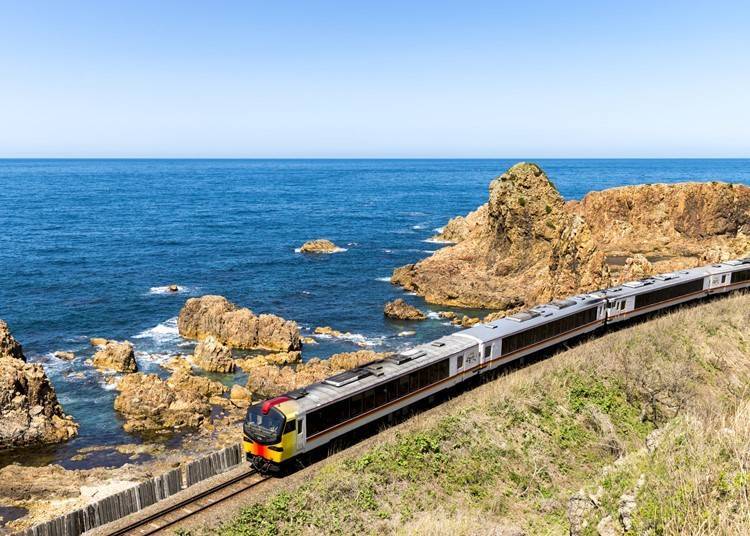
Akita Prefecture is adjacent to Aomori, Iwate, Yamagata, and Miyagi prefectures, and you can get to Morioka, Iwate, and Sendai, Miyagi directly without changing trains.
The Resort Shirakami train that runs from Akita Station to Aomori Station and Hirosaki Station via the Gono Line offers a panoramic view of the Sea of Japan. At the scenic lookout just past Iwadate Station, the train slows, and you take pictures and get a leisurely look at the scenery.
If you get off at WeSPa-Tsubakiyama Station, about 2 hours and 10 to 35 minutes from Akita Station, you can stop by Koganezaki Furofushi Onsen, famous for its baths with spectacular views. The specialty beachside open-air baths give bathers the feeling of bathing in the Sea of Japan and make for a relaxing day trip.
As Japan’s sixth-largest prefecture, Akita offers a wide variety of experiences in many areas. There is so much to see and do, you’ll want to visit more than once!
Text by: Shoe Press Co., Ltd.
* The information in this article is accurate as of February 2022.
English translation by Gabriel Wilkinson
*Prices and options mentioned are subject to change.
*Unless stated otherwise, all prices include tax.
Popular Tours & Activitiess
Recommended places for you
-

Hirosaki Park
Parks
Aomori, Hirosaki And Hachinohe
-
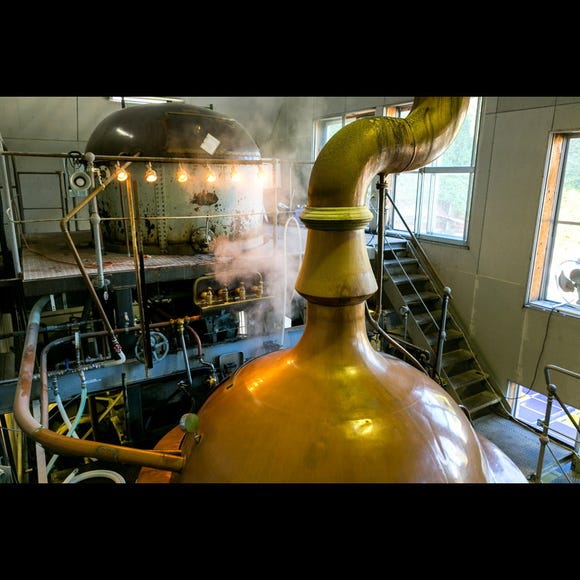
Baeren Brewery Co., Ltd.
Other Sightseeing
Morioka, Hiraizumi And Hachimantai
-

Sado Gold Mine
Winter
Niigata And Sado
-
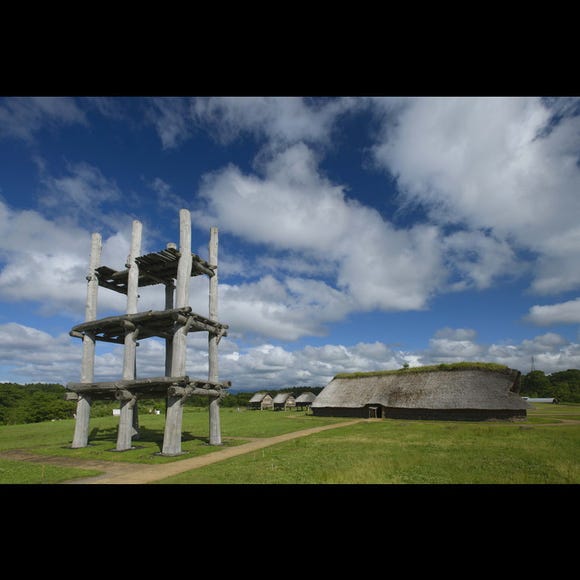
Sannai-Maruyama Site
Village Ruins
Aomori, Hirosaki And Hachinohe
-

Sendai Tanabata Festival
Japanese Festivals (Matsuri)
Sendai And Matsushima
-
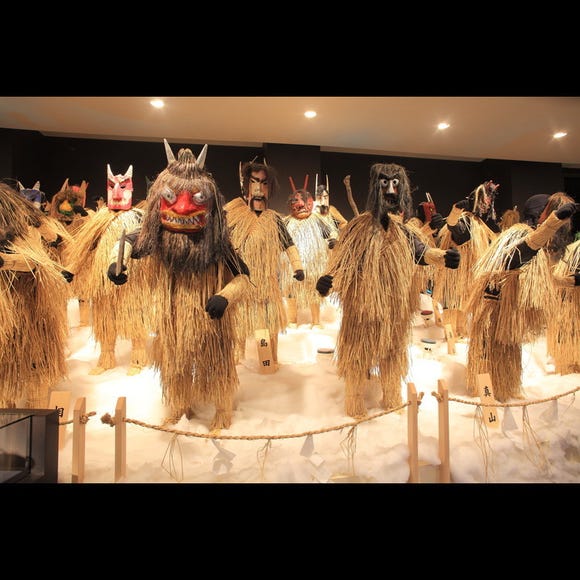
Namahage Museum
Other Museums
Surrounding Areas Of Akita
-

Shopping in Niigata: 9 Must-Buy Souvenirs & Local Sake to Take Home
by: ShiroKu inc.
-

Aomori's Quiet Side in Autumn: 5 Scenic Spots in Hachinohe According to a Local
by: Marco Blasco
-

Dining in Yamagata: Must-Try Foods & Top Restaurants Near the Station
by: ShiroKu inc.
-
Ad

Advice from the Experts at Hitohira: Here's How to Choose the Best Japanese Knife
-

Smart Ways to Avoid Crowds and Enjoy a Safe, Comfortable Trip to Myoko, Niigata Prefecture.
-

What to Buy in Aomori? 11 Aomori Souvenirs Locals Actually Recommend
by: ShiroKu inc.
-

50% Off Shinkansen Tickets?! 'Osakini Tokudane Special' Has Been Extended – Now for Gran Class Too!
-

Koiwai Farm Guide: Explore, Dine, and Play at Iwate's Top Agritourism Spot
-

Tokyo to Sendai: Riding the Shinkansen to Japan's Stunning Spots
-

Niigata Bucket List: 26 Best Things to Do in Niigata Prefecture For Tourists (Attractions, Local Foods & Activities)
-

Best Outlet Malls Near Sendai: Shopping, Souvenirs, and Discounts
-

Racing Across Japan in the Joetsu Shinkansen: From Tokyo to Niigata's Sake Country In Style













